
For global F&B executives, China remains one of the world’s most rewarding yet complex markets. Demand for imported, premium, and functional foods continues to grow, but so do the challenges of compliance, consumer localization, and digital competition.
Success requires a clear understanding of the country’s regulatory systems, consumer trends, and fast-evolving digital and distribution landscape. This guide breaks down:
- How to meet new F&B regulatory and labeling requirements
- The most effective entry models for global brands
- How consumer and regional trends shape demand
- Digital and distribution strategies that drive visibility and trust
Each section provides practical insights to help you move beyond market curiosity and toward an actionable entry plan tailored to China’s dynamic food and beverage sector.
Introduction: Why China’s F&B Market Matters in 2025
China’s F&B market continues to expand, offering scale and complexity in equal measure. According to recent analysis, China’s Food industry is projected to grow at about 7.26% (CAGR 2025-2030). For global F&B brands, this means the potential reward is large. At the same time, regulatory demands, local competition, and rapidly changing consumer preferences amplify risks. Leading companies treat compliance and localisation not as burdens, but as competitive advantages.
China F&B Regulations 2025: What Global Brands Need to Know
Expanding into the China F&B market in 2025 requires a deep understanding of the regulatory environment. Compliance is no longer a box-ticking exercise; it’s a foundation for credibility and long-term success.
China’s regulatory landscape is overseen by three main authorities:
- General Administration of Customs of China (GACC) – manages food import registration and inspection.
- State Administration for Market Regulation (SAMR) – enforces labeling and consumer protection.
- National Health Commission (NHC) – approves new ingredients and additives.
Foreign manufacturers must complete GACC registration before export and comply with Simplified Chinese labeling standards covering product names, ingredients, nutrition, allergens, and GMO content.
Failure to comply risks customs delays, penalties, or recalls, all of which can damage brand reputation and disrupt market entry.
To succeed, global F&B executives should:
- Begin registration planning early to offset GACC timelines.
- Conduct label audits before export.
- Engage local compliance partners who track regulatory updates.
For a detailed overview of labeling, registration, and product approval procedures, explore China Food Import Regulations: A Complete Guide for F&B Brands.
For a broader look at how policy changes are reshaping the industry, explore our guide on China F&B regulations, key updates, and strategies for international brands
Key Entry Models and Market Access Strategies for China’s F&B Sector
Global F&B brands entering China in 2025 can choose from several market access models. Each offers a different balance of control, cost, and scalability. The four most common pathways are direct exporting, cross-border e-commerce (CBEC), joint ventures (JVs), and wholly foreign-owned enterprises (WFOEs).
Direct Exporting
Direct exporting remains a practical strategy for brands looking to test the China market with minimal upfront investment. It allows companies to gauge consumer interest, collect market feedback, and refine products before committing to larger operations.
Strategic Takeaways:
- Use direct exporting to validate product-market fit quickly and reduce early-stage risk.
- Plan ahead for import compliance, including registration with GACC and adherence to Simplified Chinese labeling standards, to avoid customs delays or rejections.
- Leverage local distributors for last-mile delivery and market intelligence while keeping operational costs lean.
- Ideal for niche or premium products seeking early market exposure without full-scale infrastructure.
Cross-Border E-Commerce (CBEC)
CBEC has emerged as a prominent channel for international F&B brands entering China. Platforms like Tmall Global and JD Worldwide facilitate direct-to-consumer sales, offering simplified import procedures and access to a vast digital consumer base. According to the China Ministry of Commerce, China’s CBEC import–export volume reached RMB 2.38 trillion (USD 331 billion) in 2023, up 15.6% year-on-year. CBEC allows brands to sell directly to consumers through platforms such as Tmall Global, JD Worldwide, and Kaola, with simplified import requirements and access to valuable consumer data.
Strategic Takeaways:
- Treat CBEC as both a sales channel and a market research tool; track consumer behavior and refine product offerings in real time.
- Use insights from CBEC to inform offline strategies, including pricing, flavor adaptation, and marketing messaging.
- Partner with trusted CBEC logistics providers to ensure cold-chain integrity and fast delivery, particularly for perishable products.
- CBEC can accelerate brand awareness, but scaling beyond pilot stages requires preparation for local compliance, registration, and potential transition to a physical presence.
Joint Ventures (JVs)
Joint ventures allow foreign brands to leverage local expertise while sharing operational responsibilities with a Chinese partner. This model can help navigate regional market complexities and build credibility with local stakeholders. However, shared decision-making may limit operational flexibility.
Strategic Takeaways:
- Choose JV partners carefully; alignment in brand vision, operational standards, and market approach is critical to avoid friction.
- Use the JV to gain local insights on consumer preferences, distribution networks, and regulatory changes.
- Recognize the trade-off: shared control can slow decision-making, so clearly define governance and decision rights upfront.
- Ideal for brands aiming to accelerate expansion while mitigating entry risk in unfamiliar regions or product categories.
Wholly Foreign-Owned Enterprises (WFOEs)
WFOEs provide full operational and strategic control, giving brands autonomy over pricing, branding, and supply chain management. However, this approach demands significant capital, local legal infrastructure, and in-depth understanding of China’s regulatory landscape.
Strategic Takeaways:
- WFOEs are suited for brands with long-term commitment and sufficient resources to invest in local operations, warehousing, and staffing.
- Maintain compliance and operational excellence to protect reputation and avoid costly disruptions.
- This model allows direct engagement with consumers and greater control over product presentation, marketing campaigns, and pricing strategies.
- Best for established brands ready to scale comprehensively across multiple regions in China.
Choosing the Right Strategy
Selecting the optimal entry model depends on your company’s goals, risk tolerance, and resources. Many global brands in 2025 will adopt a phased approach:
- Pilot Phase: Begin with direct export or CBEC to validate demand, test product-market fit, and understand operational challenges.
- Scale Phase: Expand through a JV or WFOE once market traction, consumer insights, and supply chain readiness are established..
This staged model allows companies to minimize early risk while building a foundation for long-term growth in China’s complex yet high-potential F&B landscape.
As you explore entry models, understanding distribution channels is crucial, so consult our Guide to China F&B distributors for comprehensive insights.
Understanding China’s F&B Consumers and Market Segments
In urban centers across China, middle-class consumers—especially Millennials and Gen Z—are placing an increasing emphasis on wellness, premium quality, and sustainability. One recent report states that younger Chinese shoppers now dominate major holiday consumption events and prioritise personalised, health-oriented food and beverage products.
At the same time, overall consumption in lower-tier cities is accelerating. A Kantar Worldpanel / Bain & Company survey found Tier-3-and-below cities drove meaningful FMCG growth in Q1 2025, supporting the case for regional expansion.
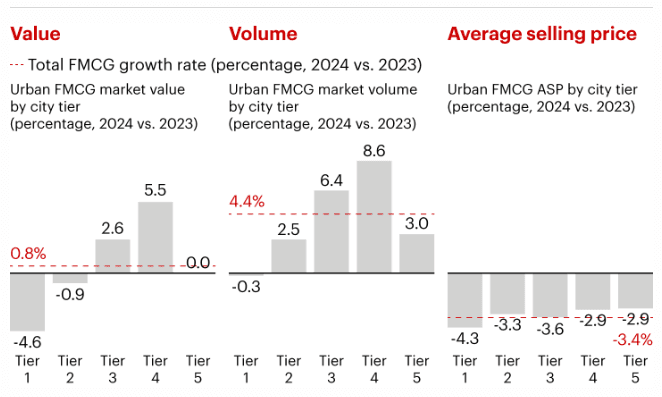
For a deeper dive on how global flavours and local innovation are shaping China’s food and beverage sector, read our article Global Flavors Driving F&B Innovation in China.
Digital & Distribution Strategy for F&B Brands in China
Digital engagement is now the foundation of every successful China F&B market entry. Platforms such as WeChat, Douyin, and Xiaohongshu enable brand discovery, social commerce, and influencer-led engagement at scale. For global brands, these are not optional channels but vital touchpoints for shaping awareness and trust.
Winning brands use digital not just for marketing, but for market validation — testing products, tracking feedback, and adapting content to local trends in real time. Partnerships with local creators and KOLs help bridge the cultural gap and strengthen credibility with Chinese consumers.
Equally important is the distribution backbone behind your digital presence. Even the strongest digital campaigns fail without reliable logistics and fulfilment. For imported foods, aligning with local distributors who can ensure cold-chain integrity, customs clearance, and last-mile delivery is key to sustaining consumer trust and satisfaction.
Many international brands find that a hybrid model delivers the best results:
- Lead with online-first activation through e-commerce or social platforms.
- Support growth through select retail or food-service placements in priority cities.
- Use the data and feedback loop from digital channels to refine distribution and product strategy.
This integrated approach allows brands to scale efficiently, manage risk, and adapt to China’s fast-moving food and beverage ecosystem.
Overcoming Entry Barriers in China’s F&B Market
China’s food and beverage market offers vast potential, but foreign brands face significant operational and strategic hurdles.
One major barrier is the complexity of logistics and supply-chain management. According to PLTFRM, foreign entrants often encounter high logistics and customs costs that can erode margins if not planned for early.
Another persistent challenge is fierce local competition. Domestic players are agile, quick to adapt to regional tastes, and possess deep cultural insight, giving them a strong advantage in consumer engagement and distribution.
To mitigate these challenges, new entrants should:
- Start with pilot launches in lower-tier cities to test pricing and product-market fit.
- Partner with local distributors who have established networks and regional expertise.
- Invest in consumer research to refine flavor, packaging, and communication for local audiences.
By treating early market entry as a data-driven learning phase, brands can reduce risk and build a stronger foundation for sustainable growth.
Curious how others have succeeded? Check out our article on how top brands overcome similar challenges and win in China’s F&B market
FAQs
1. What are the top regulatory risks for brands entering the China F&B market?
The biggest risks in China’s F&B market today include incomplete facility registration, non-compliant Chinese-language labeling, and weak supply-chain traceability. These remain top reasons for import rejections and costly delays. For smoother China F&B market entry, brands must align early with local food safety and labeling standards to ensure compliance before launch.
2. How can small brands test the China F&B market effectively?
Small and emerging F&B brands can start their China market entry through cross-border e-commerce (CBEC). This allows them to test demand, study consumer behavior, and refine product-market fit without committing to full registration or physical presence. It’s a low-risk entry route that provides valuable insight into what resonates with Chinese consumers.
3. What role does cross-border e-commerce play in China F&B market entry?
Cross-border e-commerce (CBEC) remains a critical entry channel. It helps brands validate demand and build awareness at a lower cost than traditional retail distribution. However, successful long-term entry still requires preparing for local compliance, labeling, and registration once the brand scales beyond pilot sales.
4. How can brands build consumer trust in China’s F&B market?
Trust is built through transparency, authenticity, and localization. Consumers look for clear sourcing, accurate and compliant labeling, and flavors adapted to local tastes. Brands that also engage digital influencers, share quality stories, and maintain open communication earn credibility and long-term loyalty from Chinese consumers.
5. Are joint ventures required for China F&B market entry?
Joint ventures are not mandatory. Many brands begin through export or CBEC to test their positioning before scaling. Once they gain traction, they may form a joint venture or wholly foreign-owned enterprise (WFOE) to deepen local operations and strengthen distribution in China’s competitive F&B market.
Conclusion
China’s F&B market offers tremendous growth potential, but entering successfully requires more than ambition. It demands clarity, strategy, and the right expertise. Many brands stumble due to regulatory complexity, unclear entry models, or misaligned local partners.
Take Action
GourmetPro helps global F&B brands cut through the complexity. We evaluate your brand’s needs and connect you with the expert best suited to guide your market entry.
Book a strategy call today and get the tailored roadmap your brand needs to succeed in China.


%206.png)
.svg)






.svg)



.svg)
.svg)
.svg)
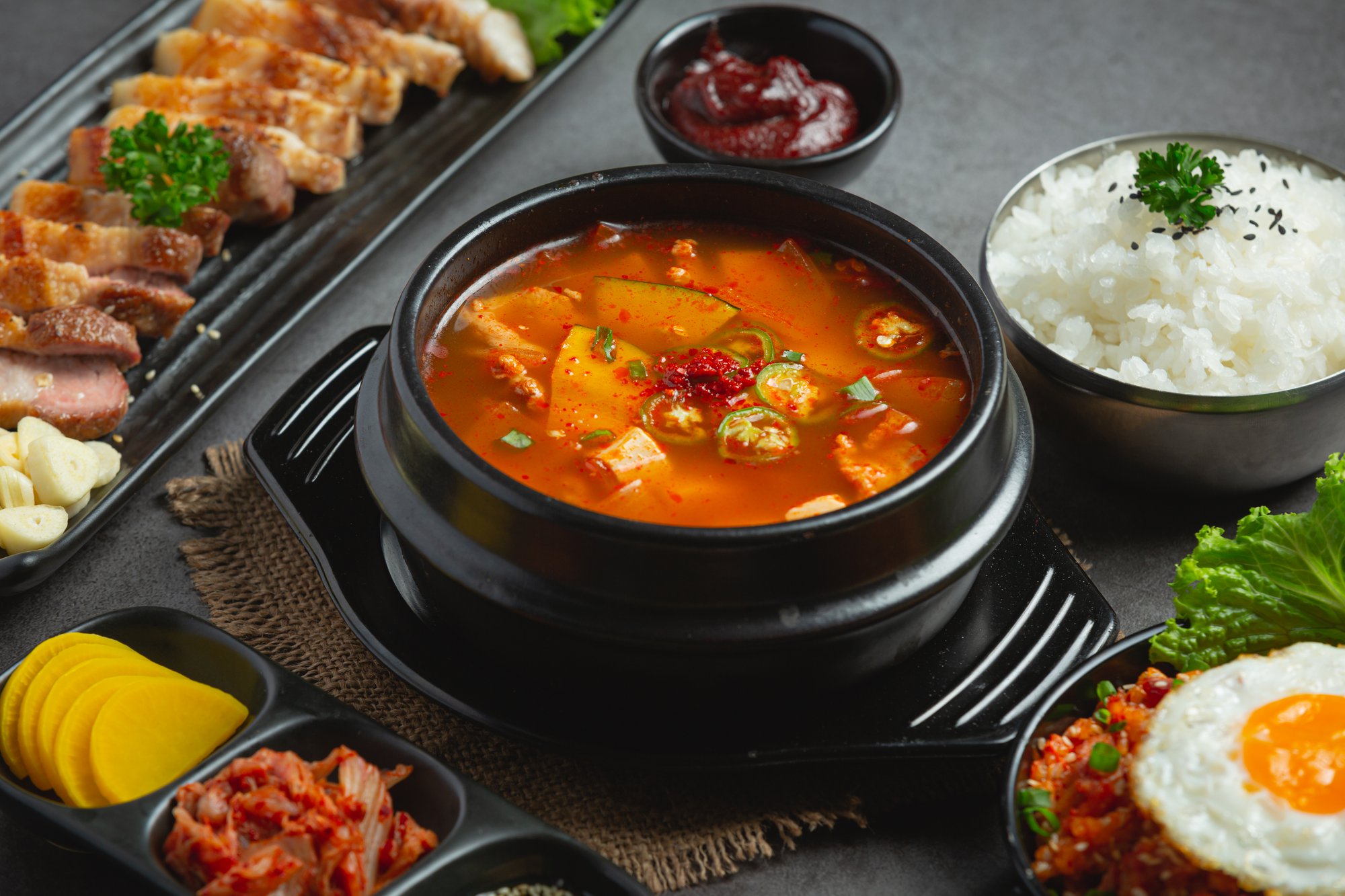
.svg)



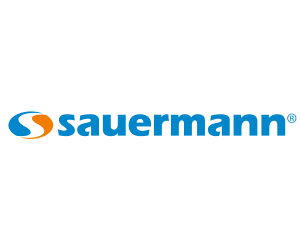








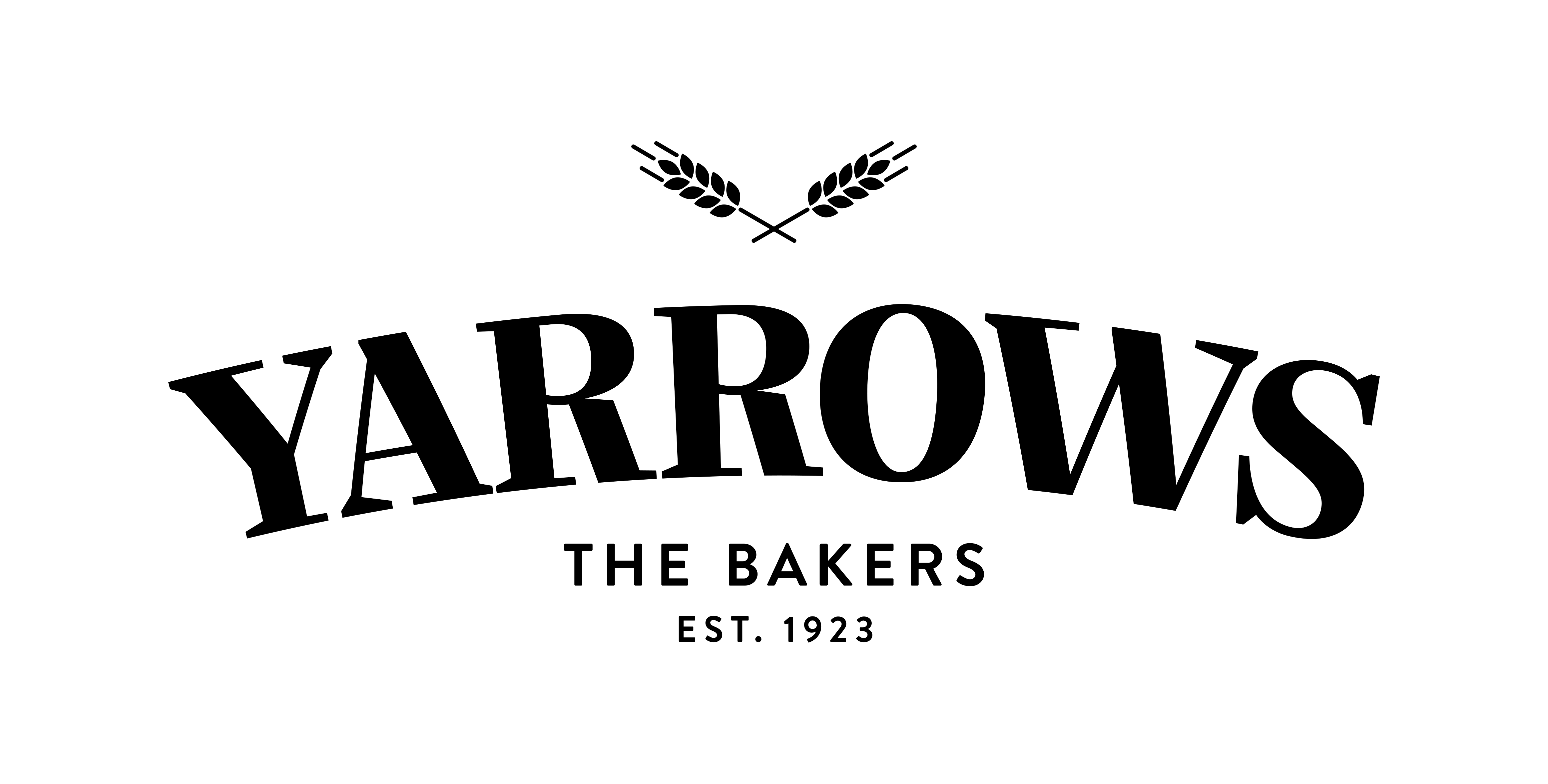



























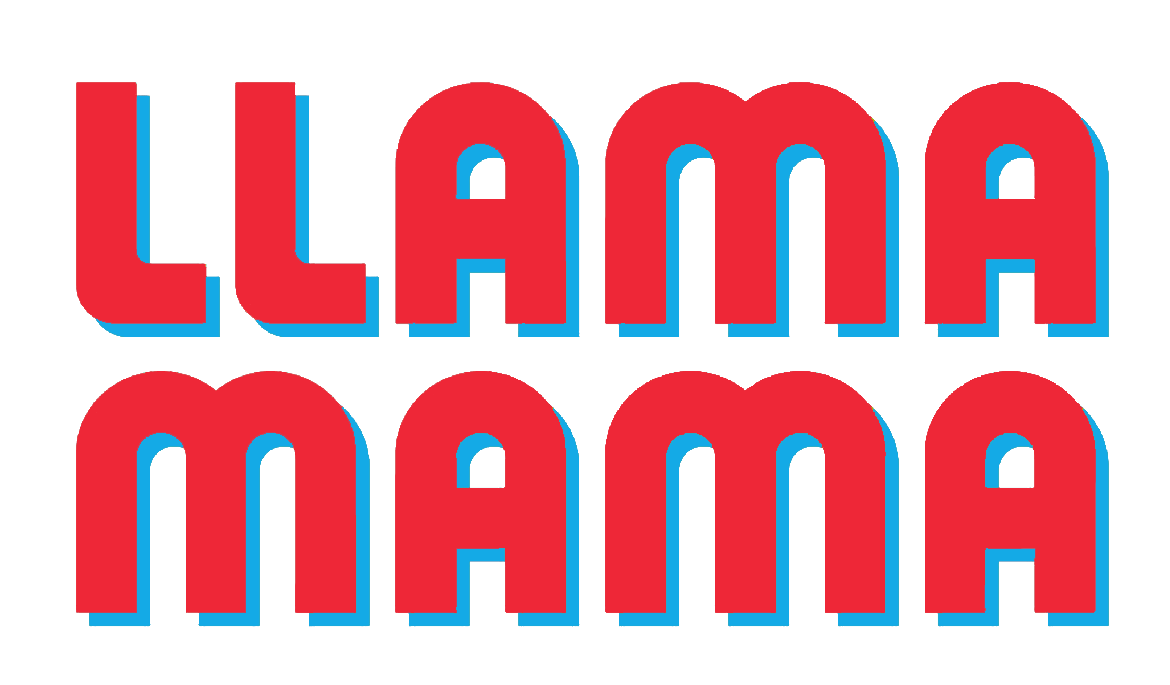








.png)



















































